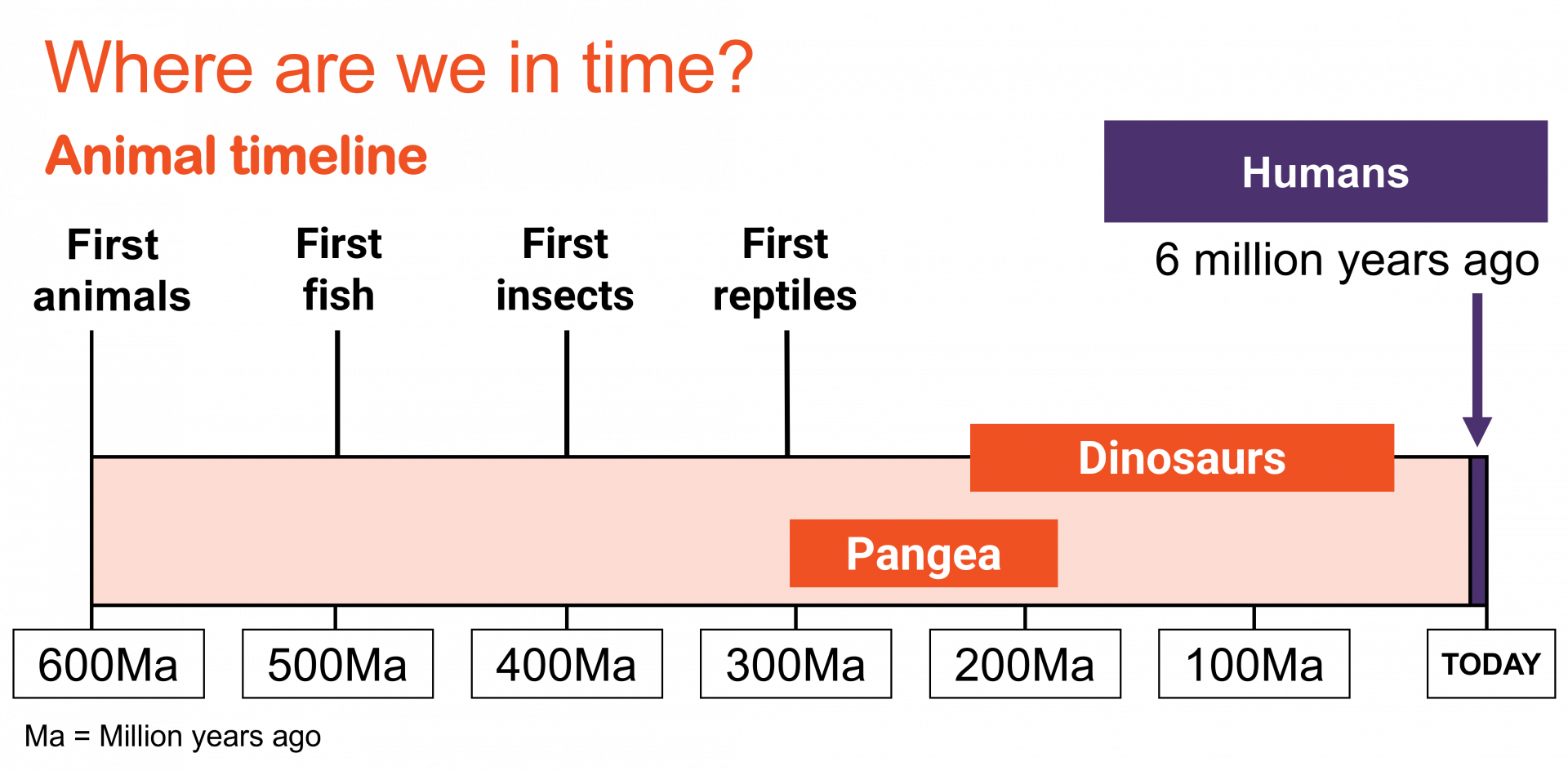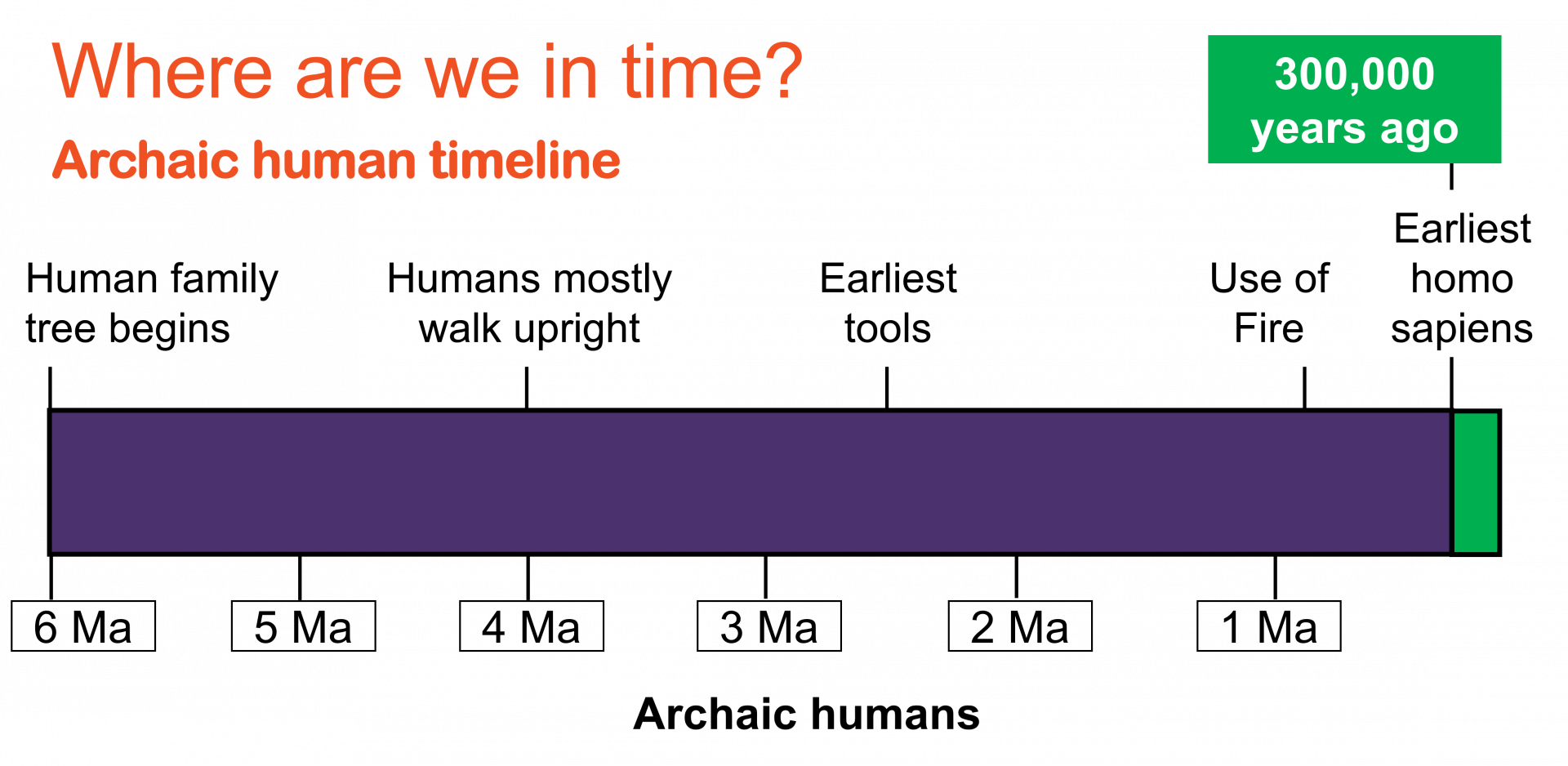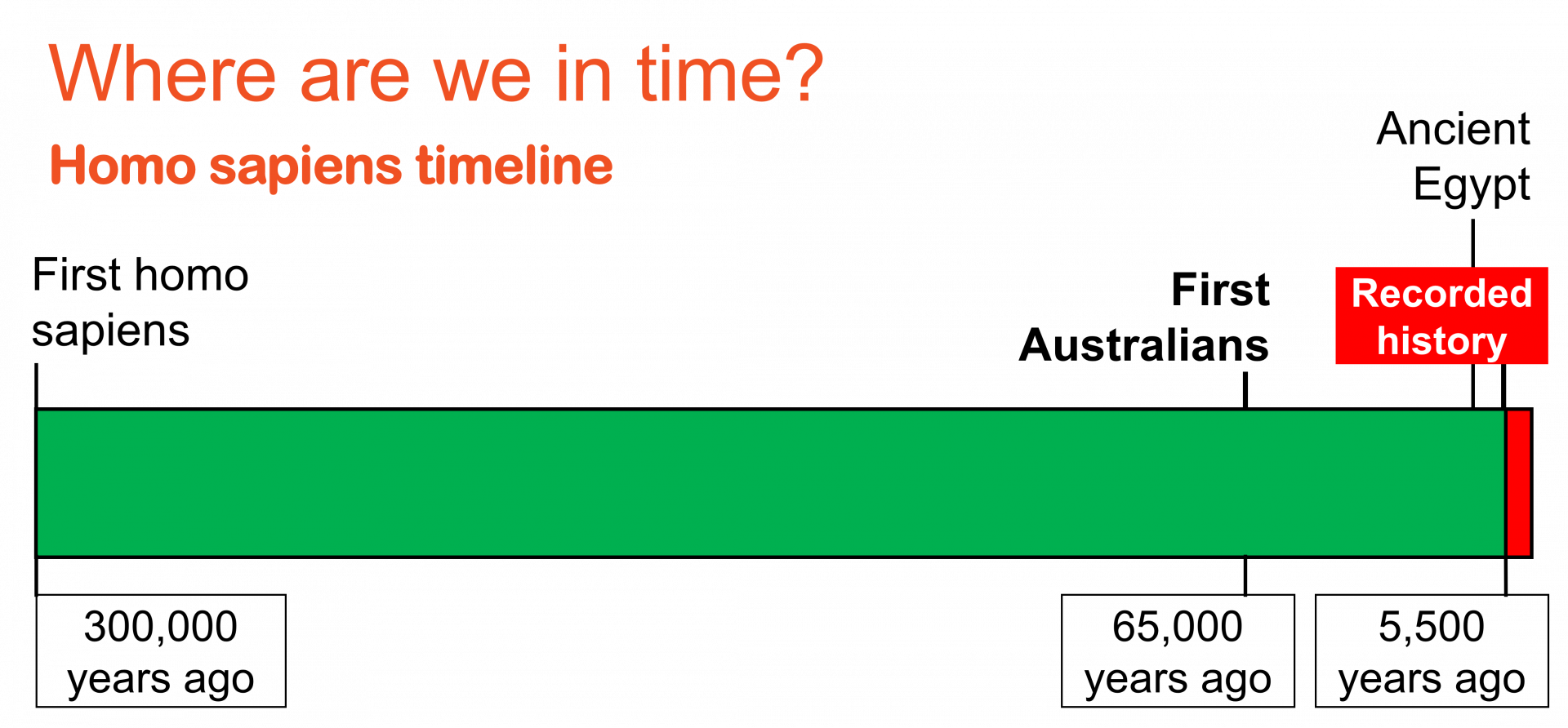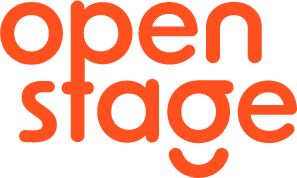Humans are not that great at putting time in perspective. The huge spans of time in human history make it almost impossible to get a handle on. This is true for secondary students as much as it is also true for adults.
It is difficult to conceptualise, for example, that Cleopatra is closer to our present time than to the times of Ancient Egypt's early dynastic past (Cleopatra was born ~2,500 years after the Great Pyramid at Giza was built, and ~2,000 years before the first lunar landing).
It is difficult to conceptualise, for example, that Cleopatra is closer to our present time than to the times of Ancient Egypt's early dynastic past (Cleopatra was born ~2,500 years after the Great Pyramid at Giza was built, and ~2,000 years before the first lunar landing).
When we teach ancient Australian history, many students may not realise how vast the timescale is.



The above timelines are part of Unit 1: Humans in the Open Stage teaching resources.
Click here to access Unit 1.
WHAT IS OPEN STAGE?
